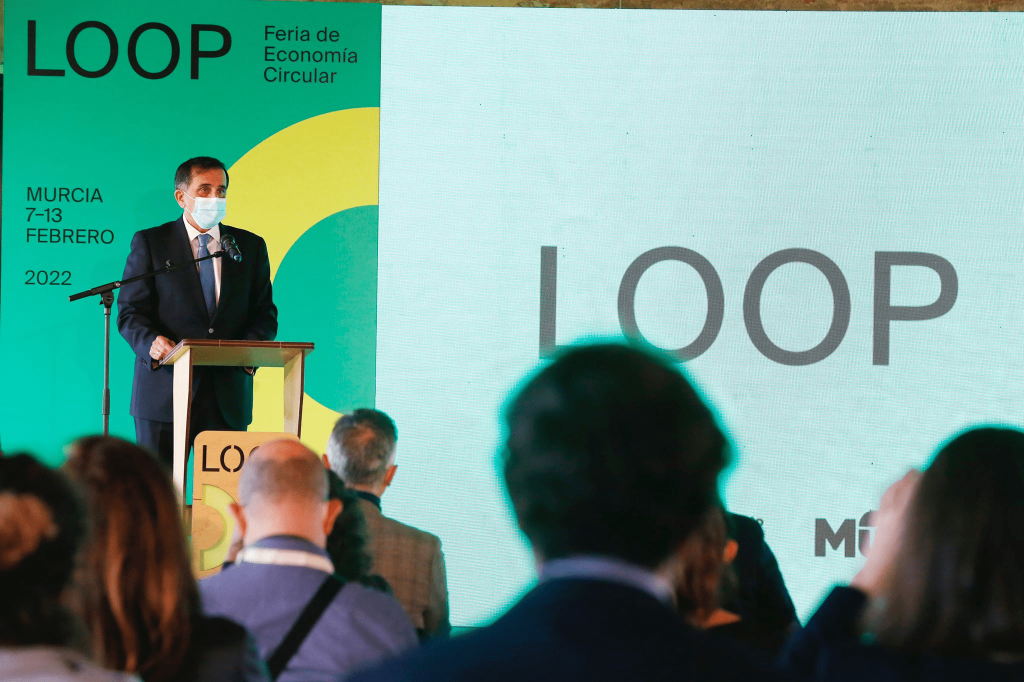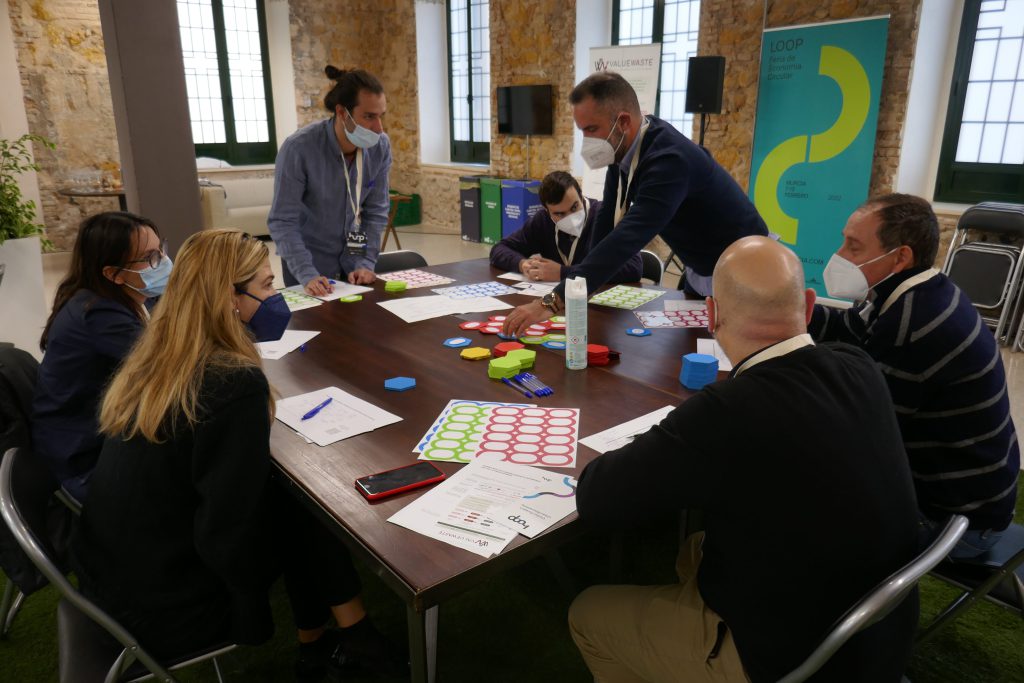During the pandemic many cities and regions took decisive steps to put circularity at the core of their policies and programmes. Seeing the cities empty, without the polluting human footprint, was a motivation to look for new ways to develop sustainable economies. In several cases, we are now witnessing the consequences of these concerns in concrete initiatives and measures.
In November 2021, Murcia City Council (Ayuntamiento de Murcia) presented its Circular Economy Strategy, becoming the first municipality in Spain to develop such a strategy. The document is intended to permeate all the activities, plans and regulations in the city, aiming to reduce resource use, avoid waste and promote good practices such as repairing instead of wasting and sharing instead of owning.

“The Circular Economy Strategy is a document in the present, which focuses on the future, but without forgetting our past,” explained Carmen Fructuoso, Councillor for Sustainable Mobility and Road Cleanliness.
100% circular municipality
By 2050, Murcia aims to be a 100% circular municipality. To achieve this goal, they have established a series of medium-term objectives that will pave the way:
- Consumption: 10% reduction in waste generation and 20% increase in local products consumption.
- Waste management: 60% increase in reused and recycled municipal waste; 60% increase in bio-waste collection and 90% valorisation by weight.
- Water management: 10% increase in reused and recovered water/sewage sludge and 10% reduction in the number of incidents caused by floods.
- Sustainability of Urban Spaces: 40% of energy produced from renewable sources and 10% increase in the surfaces destinated to green spaces.
- Mobility: 50% increase in the use of sustainable transport and 40% reduction in CO2 emissions generated by vehicles (compared to 2007).
- Cross cutting policies: 20% increase in public participation and 35% increase in the number of enterprises engaged in internships on circular economy.
Involving all stakeholders
During the development of the Circular Economy Strategy, experts, municipal technicians, industry, organisations, non-profit associations and citizens were all involved in the process that led to the establishment of the goals.
This focus on stakeholder engagement will continue through the implementation of the plan. On 25 November the first ‘Biowaste Club de Murcia’ was held, an initiative of the EU funded HOOP project which brings together stakeholders involved in the collection and treatment of the city’s biowaste.
The main objectives of this meeting were to share knowledge and experiences, to institutionalise regular exchanges and identify new opportunities for collaboration and to raise awareness of the need for optimal waste sorting. 12 people with diverse profiles working to foster a more circular urban metabolism articulated strategies to promote the circular bioeconomy through a workshop. Participants were divided into two working groups to shape four opportunities for the city’s circular bioeconomy by putting together the pieces needed to address potential challenges, identify necessary actions and identify actors that need to collaborate to achieve them. The conclusions of the meeting can be read here (in Spanish).

The municipality will also start an annual Circular Economy Fair named LOOP. Next year it will take place from 7 to 13 February and it aims to involve local, regional and national companies and organisations in Murcia’s circular economy actions, as key stakeholders to turn this strategy into a feasible self-sufficient business model.
The cities of the future must consider circularity as the main driver of their economies. In this regard, Murcia’s Strategy constitutes a pioneer model for all the HOOP network of cities and regions, that could inspire many other municipalities across Europe.
